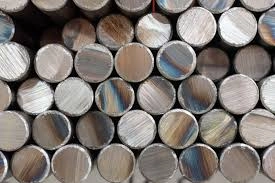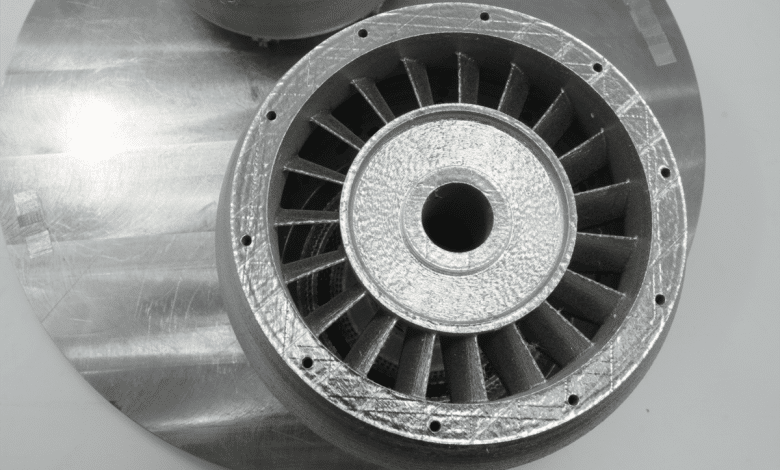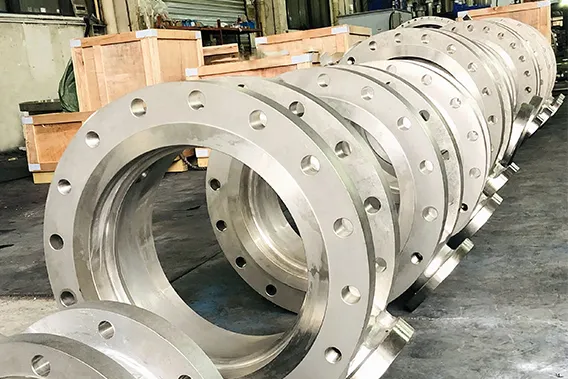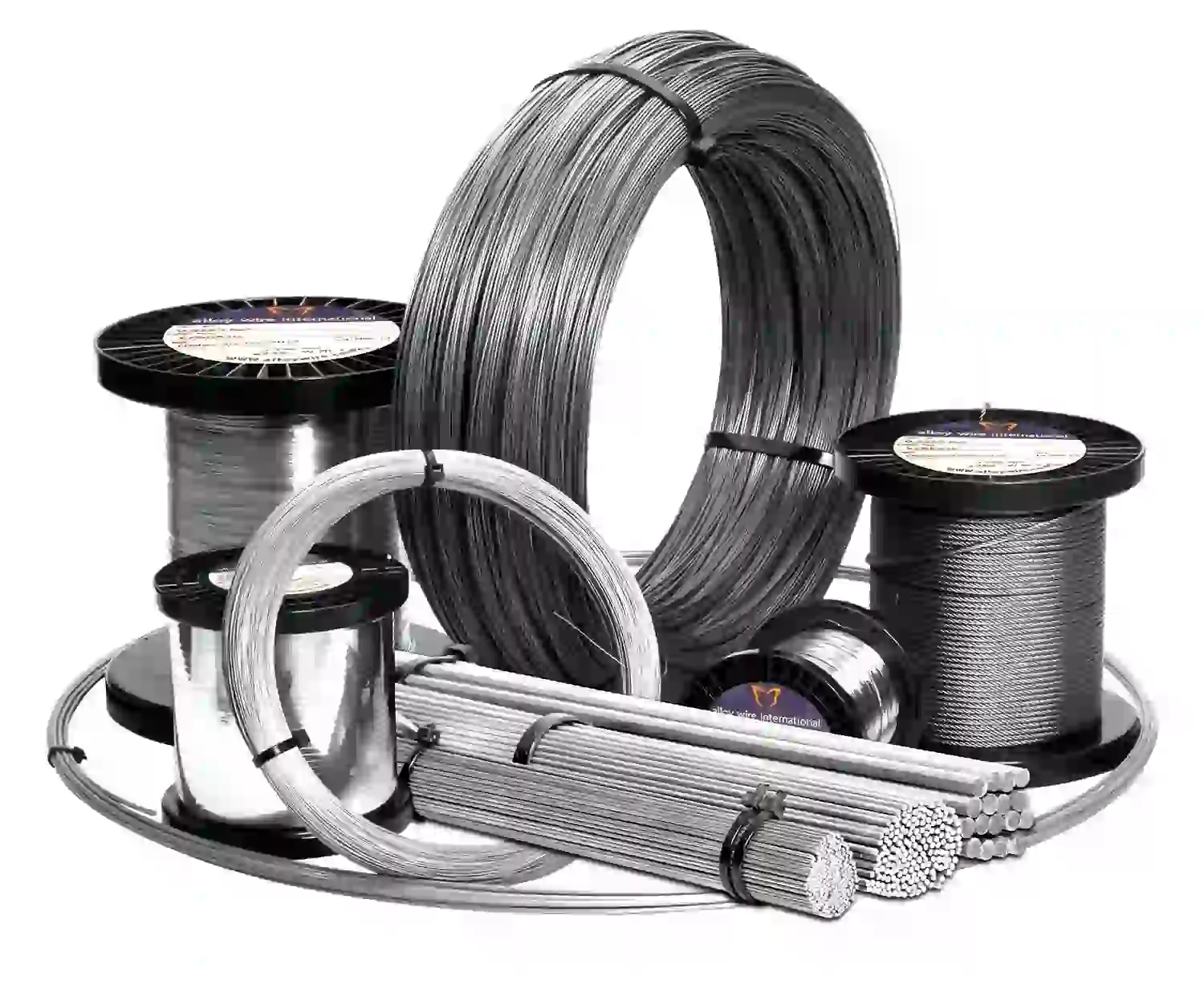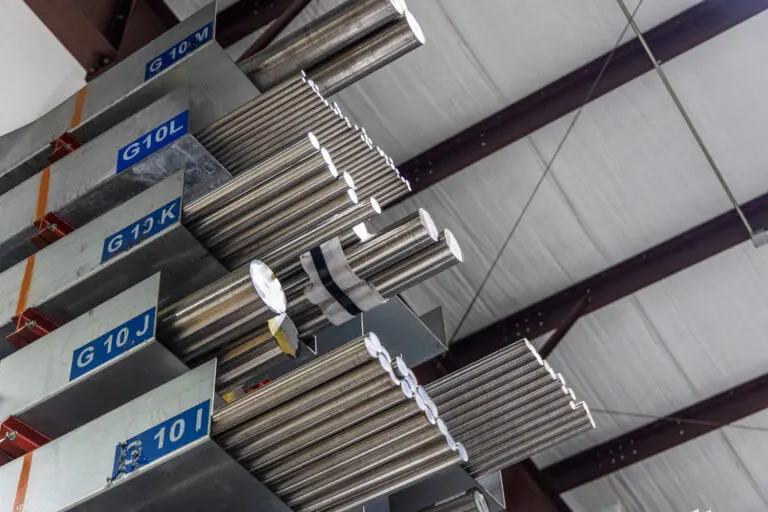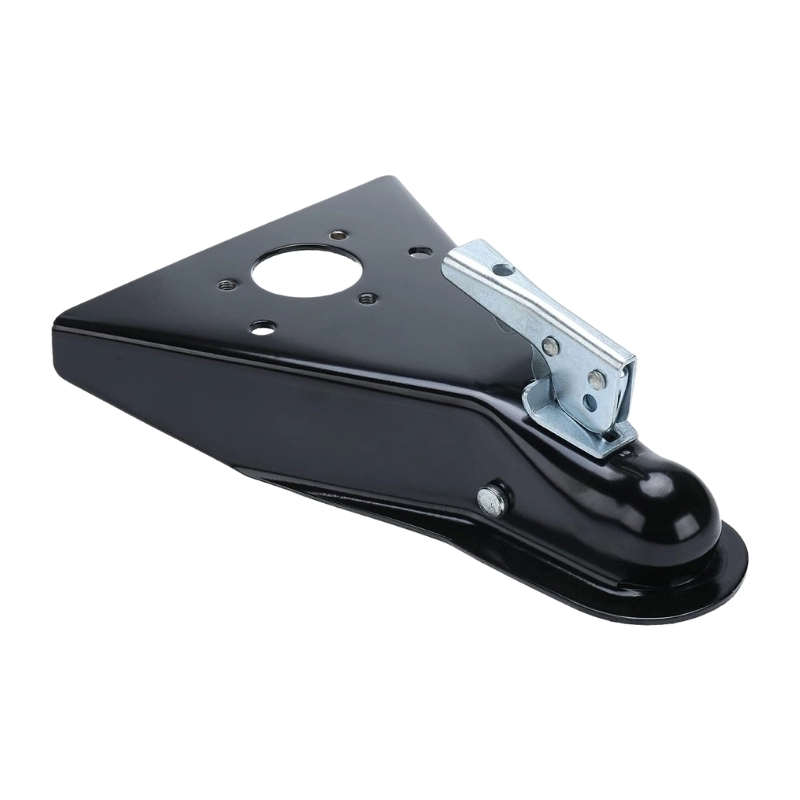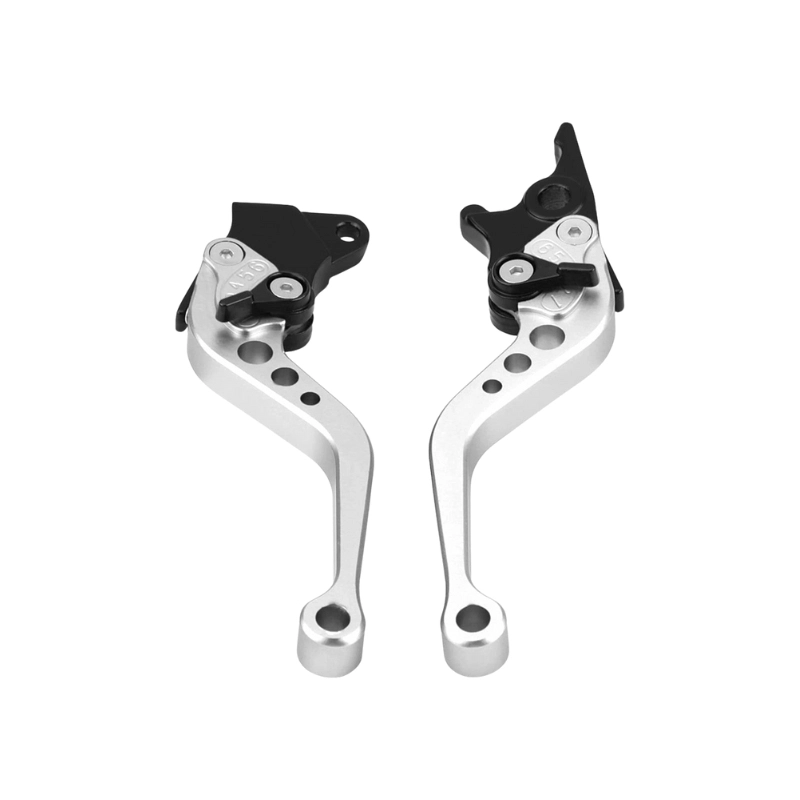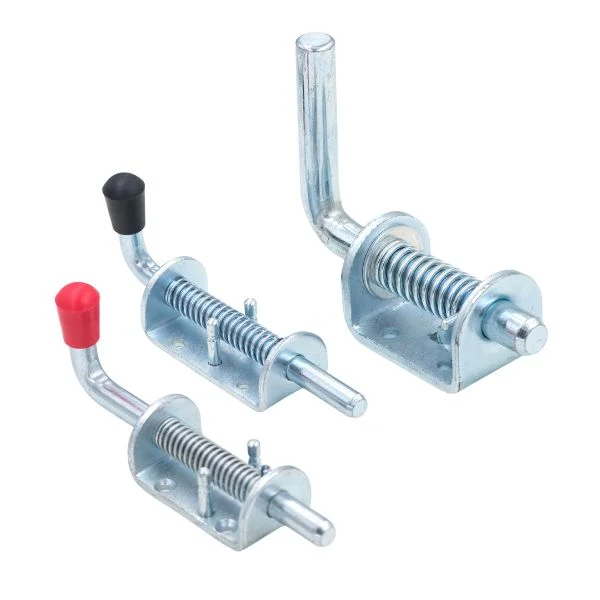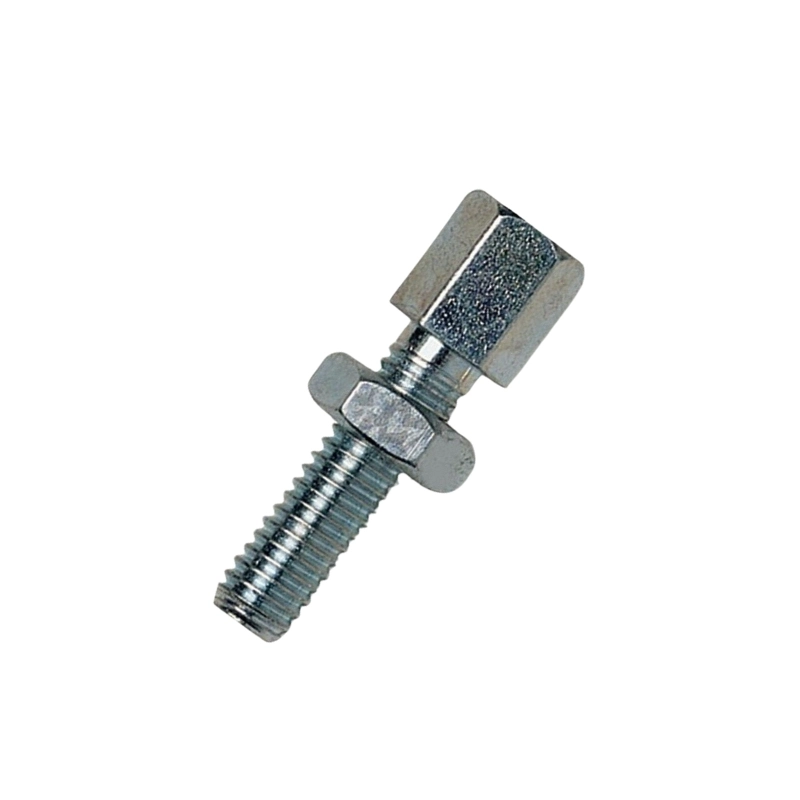Have you ever heard of the term CNC plasma cutting and wondered how it can benefit your business? Whether you’ve heard the term vaguely, or if it’s your first time, don’t worry, you’re not alone!
This blog will be all about CNC plasma cutting! Besides learning its meaning and definition, we’ll also discuss like its components, its difference against laser cutting, when and why they should be used, and more!
What is CNC Plasma Cutting?
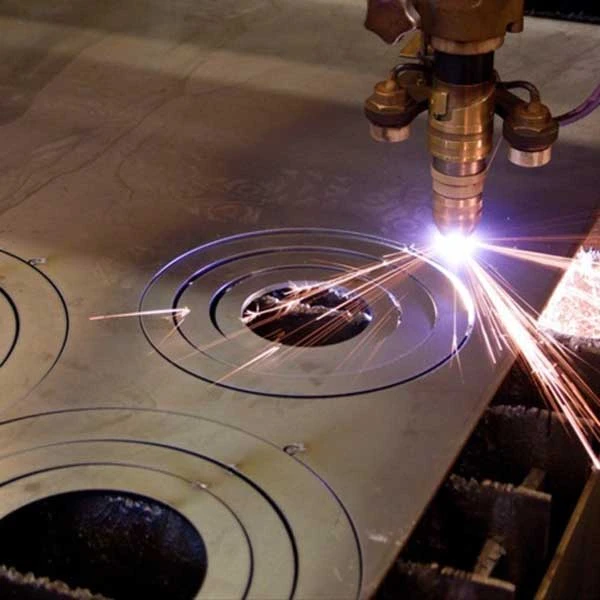
مصدر: Acute CH Works
In a nutshell, CNC plasma cutting is a subtractive process using plasma as the cutting material. The term “CNC,” refers to the machine being used. What this means is, the machine uses a plasma torch and moves in a direction controlled by the computer, allowing workers to focus just in setting it up.
With CNC, no manual work is needed for the cutting. Administrators and workers just need to set the right power, speed, direction, and path and then the computer will do it all by itself.
CNC is the vehicle of automation, and having the right people and resources is the fuel to keep it going.
Understanding a CNC Plasma Cutting Machine
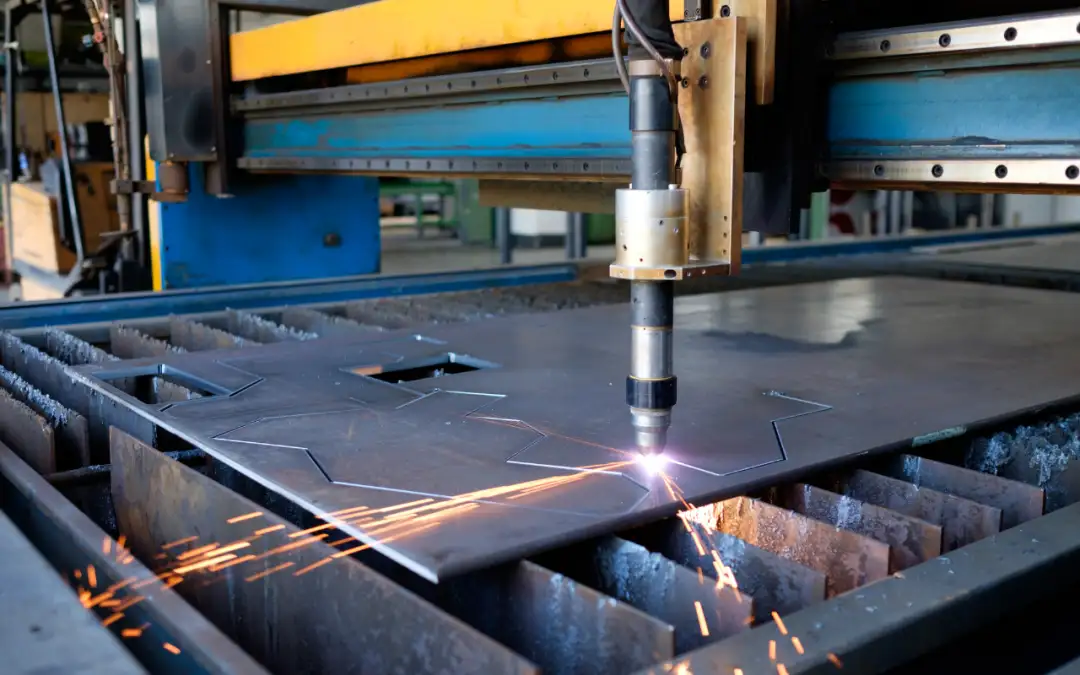 مصدر: Wiley Metal
مصدر: Wiley Metal
Do you now know and better understand the process of how all the different pieces and components work? If yes, then let’s go ahead and discuss the machine used to conduct the operations.
CNC plasma cutting machines are automated systems that use a high-temperature plasma arc to cut through parts and components with accuracy and precision.
It operates under computer numerical control (CNC), directing and guiding the cutting head along programmed paths to create accurate shapes and designs.
This technology champions fast, clean cuts on materials like steel, aluminum, and copper, making it ideal for manufacturing, fabrication, and industrial applications.
How Does CNC Plasma Cutting Work? Complete Step-By-Step Guide
Many people will grow confused about how this all works. So, for this part, let’s a take a look at the step-by-step process on how a plasma cutter works!
ملحوظة: This process is the general process of how CNC plasma cutting works. Some manufacturers might not follow this procedure because they have their own, so this is just the general framework of how it’s done.
Step 1: Design File Preparation
The first step is to make sure that everything is prepped up. The CAD design is created or imported into CAM software to begin the process.
The design will then be transformed into G-code by this software acting as the machine’s instructions.
Step 2: CNC Plasma Cutter Configuration
For the next step, we need to make sure that it doesn’t move and wiggle. To stop it from moving, the operator fastens the metal sheet to the cutting table.
You can be accurate by adjusting machine parameters such as amperage, cutting speed, and material thickness. Stability is key, so a stable plasma arc and the avoidance of electrical interference are guaranteed by proper grounding.
Step 3: Initiating the Plasma Arc
When the settings are final, the machine generates a high-voltage spark to ionize gas, forming a plasma arc.
This arc reaches extreme temperatures, instantly melting the metal at the cut location. Compressed air or gas blows away molten material, creating a precise cut.
Step 4: CNC Execution and Cutting Process
The CNC system guides the torch along the programmed path, ensuring consistent movement. The torch height is adjusted dynamically for uniform cuts, even on uneven surfaces. This automated precision minimizes errors and reduces material waste.
Step 5: Cooling and Inspecting the Cut
After cutting, the metal cools, and any remaining slag is removed for a smooth finish. The operator inspects the cut for accuracy and quality, ensuring it meets specifications. If necessary, secondary finishing processes, like grinding or deburring, are applied.
Step 6: Complete Cleaning and Processing
As for the last step, cleanup is necessary. The workspace must be cleaned and disinfected. The finished components must be separated from the extra material.
Any remaining metal is recycled or put to another use. This last stage reduces production waste and guarantees efficiency.
This is the usual and typical process of CNC plasma cutting. Remember, not all metal fabrication service providers treat this religiously–some use this as the basic structure of their process, but some don’t.
Benefits of CNC Plasma Cutting
What do you think of it? Is it something you think you’ll need for any of your efforts and projects? Now that we know most about it, how beneficial do you think would it be?
Enhanced Cutting in Harsh Environments
The first and probably the best benefit of CNC plasma cutting is the better and higher quality of cuts. Unlike laser cutters, which require clean and controlled environments, plasma cutting performs well in rugged industrial settings.
CNC plasma cutters function efficiently and effectively in dusty, humid, or high-temperature conditions; ideal for field applications such as shipbuilding, construction, and heavy equipment manufacturing.
Better Efficiency and Speed
In comparison to conventional and traditional cutting techniques, CNC plasma cutting drastically cuts production time due to its high operating speeds.
Plasma arc can swiftly melt metal, enabling more rapid, uninterrupted cuts. For high-volume production, this speed is near perfect, definitely advantageous.
Reduced Setup and Maintenance Costs
Maintenance should be one of the biggest considerations when it comes to auxiliary machines. Compared to laser or waterjet systems, CNC plasma cutting requires lower initial investment and ongoing maintenance.
The technology does not rely on expensive optics or high-pressure pumps, making it more cost-effective in the end. Additionally, consumables like nozzles and electrodes are affordable and easy to replace, ensuring minimal downtime.
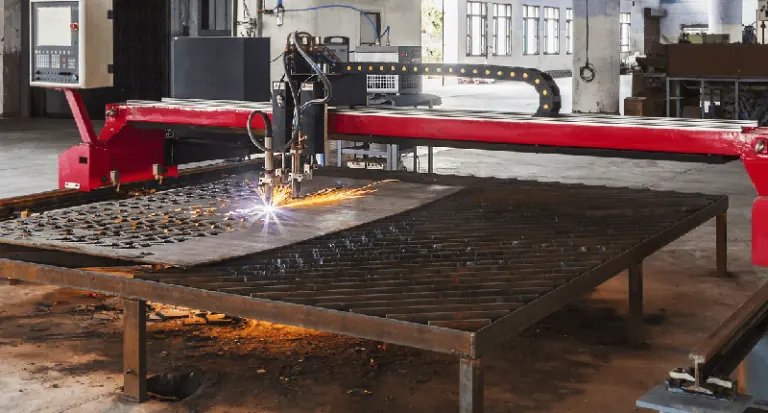 مصدر: CNC Masters
مصدر: CNC Masters
Ability to Cut Through Thick and Thin Metals
Of course, the cutting needs to be versatile, too. Which company would want a cutter that’s dull and inaccurate? We all know that there are cutting methods that struggle with varying material thicknesses.
Luckily, CNC plasma systems handle both thin sheets and thick plates with precision. Whether cutting 1/8-inch steel or 2-inch plate, the plasma torch maintains accuracy without excessive warping or material waste.
This flexibility and versatility makes it ideal for industries requiring diverse material handling.
Works on a Range of Conductive Metals
A variety of conductive materials, such as brass, copper, aluminum, and steel, can be cut through by CNC plasma systems.
No matter the kind of material, plasma technology produces clean, accurate cuts, unlike laser cutters, which have trouble cutting reflective metals. This feature gives producers who use several alloys in a single production run flexibility.
Minimal Material Distortion
And last but most definitely not least, plasma cutting generates less heat than oxy-fuel or laser cutting, which translates to minima thermal distortion in metal.
The concentrated heat zone allows for clean cuts without excessive warping, making it perfect for projects that demand high precision. This advantage is crucial in industries like automotive and aerospace, where dimensional accuracy is non-negotiable.
These are just some of the most obvious and most-loved benefits businesses see in using CNC plasma cutting. Slowly, more and more businesses are transforming because of the benefits this process has. In the near future, CNC plasma cutting might be the cradle of manufacturing and component production.
Can CNC Plasma Cut Aluminum?
Yes, CNC plasma cutters have the ability to cut and pierce through aluminum. In fact, it’s just one of the items that it can easily cut and work on.
The versatility that plasma cutters offer is surreal–it can cut through many different types of metal, steel, as well as different alloys that are electrically conductive.
Here’s a YouTube short video that shows you a product of a CNC plasma cutter cutting aluminum into a U-shaped part or component.
ملحوظة: Plasma is not able to cut through non-conductive materials, such as wood, ceramics, glass, and plastics. The plasma wouldn’t be able to interact with the material effectively, and therefore, wouldn’t be able to cut it.
Why Trust HDC For Your CNC Plasma Cutting Needs
Our capabilities and areas of expertise aren’t just limited to plasma cutting. Instead, we’re also equipped with the skillset to perform other jobs and projects, such as:
Our arsenal is complete with all the manufacturing and supplication processes you need for various projects. Other than our capabilities, the shared experiences we have in the materials also make up for our skillset!
From plastics to metals, to various alloys, you can count on us! Reach out to us and we’ll be more than happy to help you with your projects! We’ll send you a free estimate! Just let us know what you need!
اكتشف المزيد مع منشورات مدونتنا.
المشاركات الاخيرة
اكتشف المزيد عن منتجاتنا.
المنتجات ذات الصلة
اقتباس فوري!
